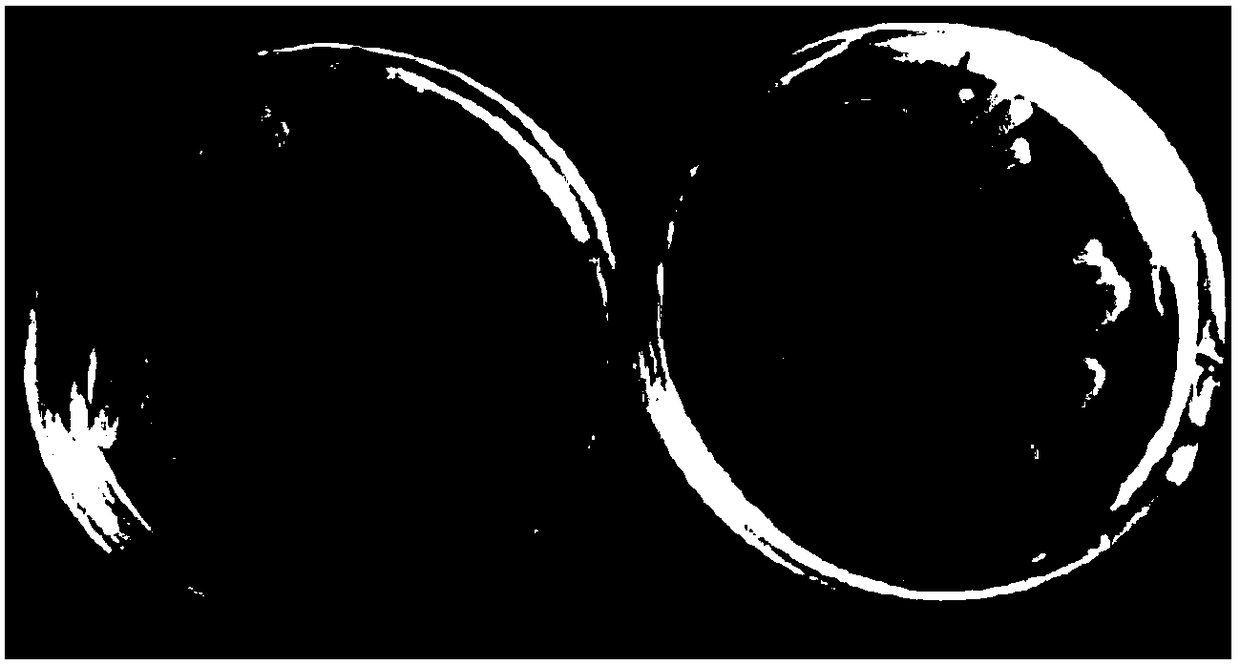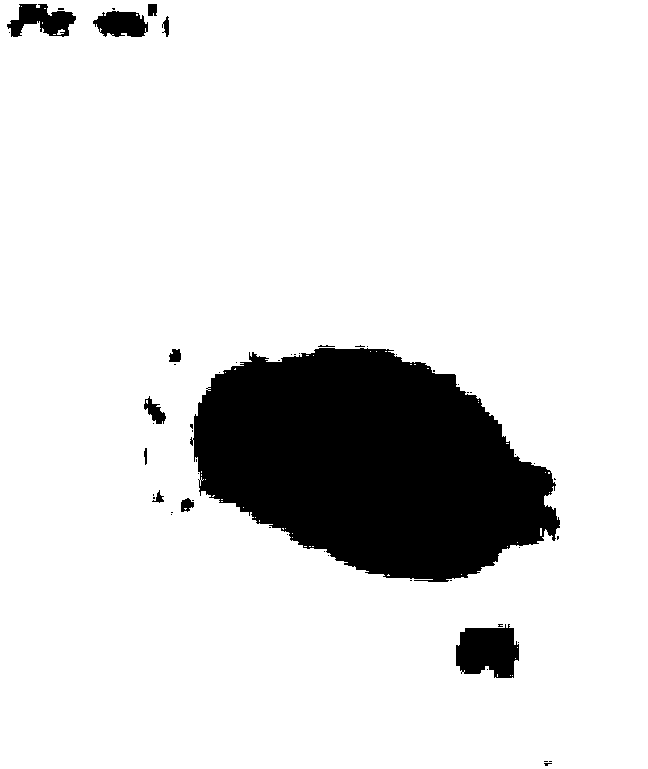Acid-resistant pseudomonas protegens CLP-6 and application thereof
A CLP-6, Pseudomonas technology, applied in the field of microorganisms, can solve problems such as poor acid resistance, and achieve the effects of wide acidity tolerance, strong stress resistance, and broad antibacterial spectrum
- Summary
- Abstract
- Description
- Claims
- Application Information
AI Technical Summary
Problems solved by technology
Method used
Image
Examples
Embodiment 1
[0065] Example 1 Verification of the antagonistic activity of CLP-6 and its fermented liquid against tobacco bacterial wilt and black shank pathogens: the antagonistic activity of the diseased tobacco strains from Jiangya Town, Cili County, Zhangjiajie City, Hunan Province was verified. Mix the NA medium with an appropriate amount of acidic buffer solution (0.2mol / L sodium acetate and 0.3mol / L acetic acid mixed at a volume ratio of 1:9) to prepare different buffers with pHs of 5.5, 6.0, 6.5, 7.0 and 7.5, respectively. pH NA medium, using the Oxford cup method to determine the difference in antibacterial activity of the fermentation broth of CLP-6 strain under different pH conditions. Inoculate CLP-6 on the NA plate and culture it at 30°C for 48 hours, and then use the plate confrontation method, that is, inoculate the blackleg bacteria cake (5 mm in diameter) and Alternaria rubella on the oat and potato dextrose medium (PDA) plate, and use the inoculation loop Pick CLP-6 and d...
Embodiment 2
[0073] Example 2 CLP-6 and its fermented liquid damage the bacterial body of Ralstonia solanacearum: Inoculate CLP-6 on NA plate and cultivate at 30°C for 48 hours, then use the plate confrontation method, and use Oxford cup plate for the inhibition of Ralstia solanacearum Diffusion method: inoculate CLP-6 in beef juice peptone liquid culture medium (NB), shake culture at 30°C and 150rpm for 2 days, take appropriate amount of fermentation broth and sterile supernatant (filtered through a bacterial filter) In the Oxford cup on the beef juice peptone medium plate (NA) of the dead bacteria, it was cultured statically for 2 days, and the inhibition of CLP-6 to the above-mentioned pathogenic bacteria was observed. Observing from the indoor plate antibacterial effect, CLP-6 thalline, fermented liquid and aseptic supernatant have good inhibitory effect to R. solanacearum of tobacco (see figure 2 ).
[0074] The antibacterial activity of the bacteriostatic substances secreted by the...
Embodiment 3
[0075] Example 3 CLP-6 and its fermented liquid inhibit the mycelial growth of black shank fungus: take black shank fungus as the target bacteria, inoculate CLP-6 on the NA plate for 48 hours at 30 ° C, and then use the plate confrontation method, that is, in the Inoculate black shank bacteria on the oat plate, pick CLP-6 with an inoculation loop and draw equidistant lines with the fungus cake as the center, culture at 30°C for 5 days, pick the hyphae from the edge of the black shank fungus cake and examine under a microscope, The result shows that compared with normal hyphae, the cytoplasm in the hyphae cells of the black shank bacteria cake edge hyphae after CLP-6 processing is aggregated into a spherical shape, which breaks away from the cell membrane and cell wall, thus affecting its normal growth (see Figure 4 ).
PUM
 Login to View More
Login to View More Abstract
Description
Claims
Application Information
 Login to View More
Login to View More - R&D
- Intellectual Property
- Life Sciences
- Materials
- Tech Scout
- Unparalleled Data Quality
- Higher Quality Content
- 60% Fewer Hallucinations
Browse by: Latest US Patents, China's latest patents, Technical Efficacy Thesaurus, Application Domain, Technology Topic, Popular Technical Reports.
© 2025 PatSnap. All rights reserved.Legal|Privacy policy|Modern Slavery Act Transparency Statement|Sitemap|About US| Contact US: help@patsnap.com



